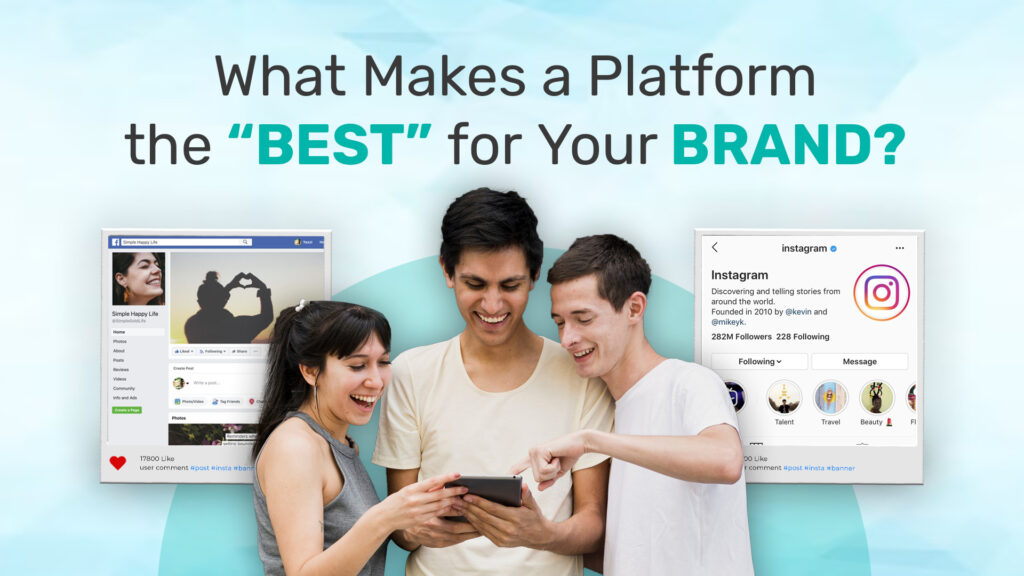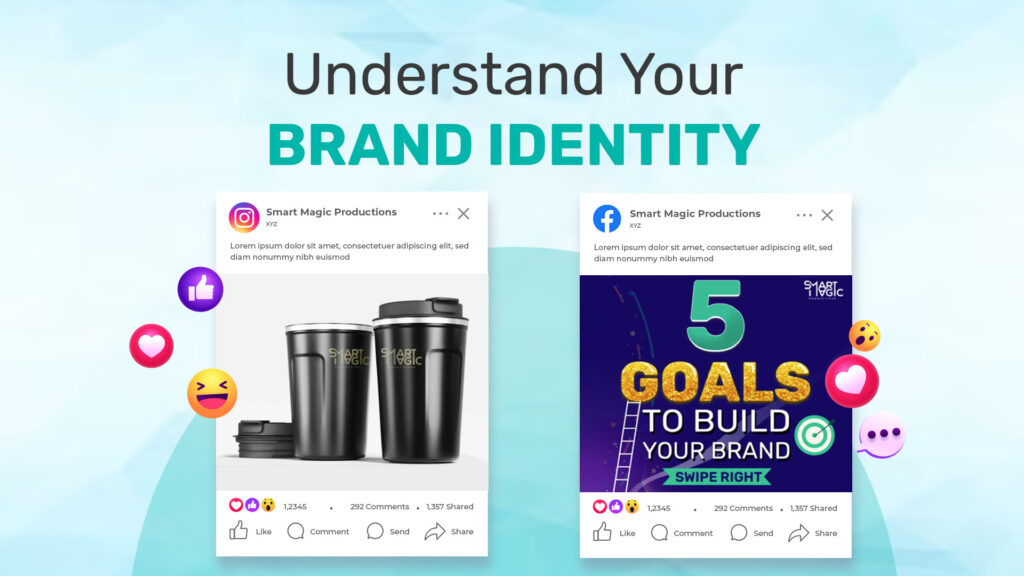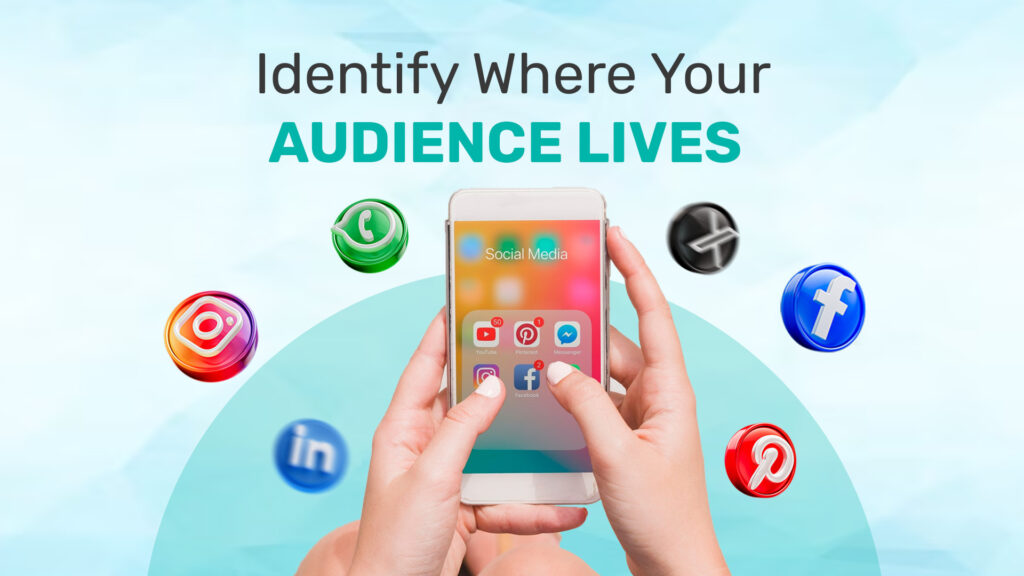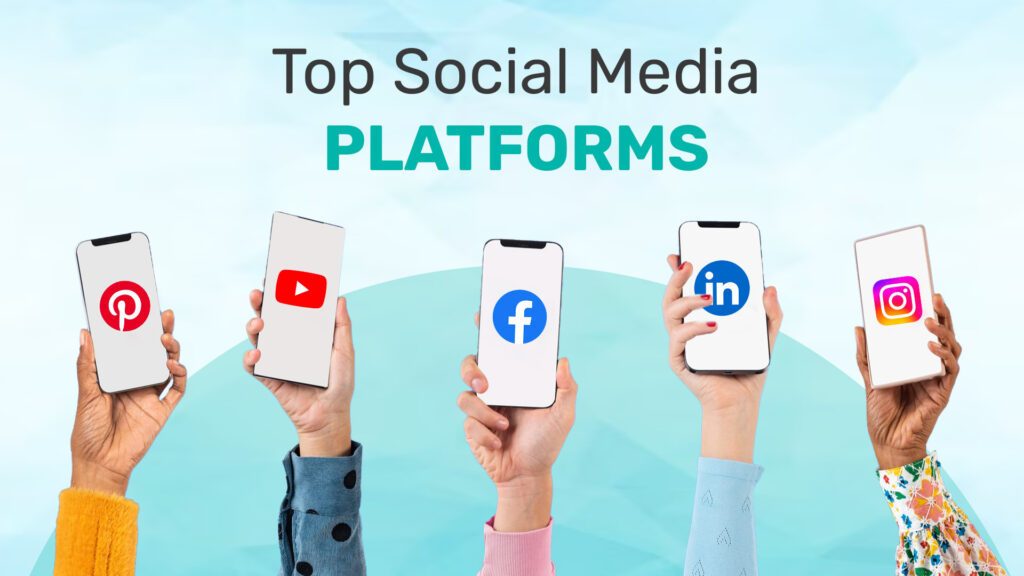In today’s fast-paced digital environment, choosing the best social media platform for your brand isn’t just important; it’s mission-critical, whether you’re building a personal brand, scaling a startup, or managing corporate communications, where you show up online shapes how the world perceives you.
And if you’re working with a branding agency in Mumbai, a video production studio in Mumbai, or even a creative studio in Mumbai, you’ll know that platform choice impacts not just visibility, but the quality of engagement you get.
But let’s get one thing straight:
You don’t need to be everywhere.
You just need to be where it matters.
Not all platforms are created equal, and not all of them will serve your brand in the same way. Instead of chasing trends, focus on platforms that align with your brand’s voice, content style, and, most importantly, your audience.

What Makes a Platform the “Best” for Your Brand?
It’s not about user count alone. A platform is truly effective when it enables your brand to:
- Reach your ideal audience where they spend time
- Deliver content in the format they engage with most
- Generate meaningful interactions, not just vanity metrics
- Scale efficiently within your time and budget limits
When it comes to choosing the best social media platform for your brand, there’s no one-size-fits-all answer; it depends entirely on your brand’s nature, audience, and resources. A smart choice goes beyond chasing the biggest user base. Instead, focus on platforms that allow you to reach your ideal audience where they spend their time, deliver content in the formats they engage with most, and foster meaningful interactions instead of empty vanity metrics. Just as importantly, choose channels that can scale efficiently within your time and budget limits. Whether you’re a startup working with limited resources or an established brand collaborating with a social media marketing agency in Mumbai, these criteria will help you identify where your brand can make the strongest impact.

Understand Your Brand Identity
Before picking a platform, you need a crystal-clear picture of your brand’s personality and purpose. Your identity shapes not only how you present yourself but also the type of content that will resonate with your audience.
A brand built on visual storytelling might shine on Instagram or Pinterest, while a brand focused on professional authority could thrive on LinkedIn or YouTube. Similarly, if your tone is conversational and lighthearted, platforms like Threads or Instagram Stories will complement it far better than a formal, research-heavy environment.
When you know your strengths, you can match them with platforms that naturally amplify your message instead of stretching your efforts thin across channels that don’t fit your voice or goals.

Identify Where Your Audience Lives
No matter how great your content is, it’ll fall flat if your audience isn’t there. Each platform caters to different demographics and intent.
Audience Demographics by Platform:
- Instagram – Millennials and Gen Z
- Facebook – Adults 30 to 65+
- LinkedIn – Professionals, business owners, recruiters
- Pinterest – Women aged 25-45 with high purchase intent
- X (Twitter) – Trend-watchers, journalists, thought leaders
- YouTube – A broad audience across all age groups, ideal for educational, how-to, and entertainment content
If your audience spends more time on Instagram but your content is long-form video, working with a video production studio in Mumbai to create snackable reels may help you meet them halfway without losing quality. Similarly, if your strength is in-depth tutorials or storytelling, repurposing that content for YouTube can help you capture search-driven traffic while maintaining brand authority.

Top Social Media Platforms
Instagram – The Visual Powerhouse
Instagram is perfect for brands that thrive on aesthetics and visuals. Whether it’s food, fashion, travel, or lifestyle, this platform offers a visual-first playground to capture attention and build community. With reels, carousels, stories, and even e-commerce tools like shoppable tags, it’s a brand builder’s dream.
Pro Strategy Tips:
- Use Reels with trending audio to maximize organic reach
- Design carousel posts that provide step-by-step value
- Maintain a consistent visual theme for brand recall
Facebook – The Community Connector
Facebook is no longer just about personal updates. It’s evolved into a robust space for community building, customer retention, and hyper-targeted advertising. From Facebook Groups to Events and Business Pages, it offers multiple formats to connect deeply with users, especially for service-based industries and local businesses.
Pro Strategy Tips:
- Launch a Facebook Group to build brand communities
- Use Events to promote product drops, webinars, or sales
- Set up retargeting ads using Facebook Pixel for conversions
LinkedIn – The Thought Leadership Hub
If you’re in the B2B, consulting, or SaaS space, LinkedIn is a goldmine. It’s designed for professional engagement, industry credibility, and building trust. The algorithm rewards consistency, insights, and original thought, not clickbait. It’s where leadership and personal branding thrive.
Pro Strategy Tips:
- Publish opinionated posts, case studies, and behind-the-scenes insights
- Encourage team members to share and engage (employee advocacy)
- Use LinkedIn Newsletters for recurring thought leadership content
YouTube – The Educational Engine
YouTube is more than just a video platform; it’s the second-largest search engine in the world. It’s ideal for long-form content, how-tos, reviews, tutorials, or storytelling. It helps position your brand as an authority, boosts discoverability, and can even generate recurring revenue via monetization.
Pro Strategy Tips:
- Craft SEO-optimized titles and descriptions
- Use custom thumbnails that hook the viewer
- Add video chapters and end screens for retention and flow
Pinterest – The Conversion Magnet
Pinterest is highly underrated but extremely powerful, especially for e-commerce, design, food, fashion, and home decor. Users actively seek inspiration, often with high intent to purchase. The content has a long shelf life compared to other platforms, making it a sustainable traffic driver.
Pro Strategy Tips:
- Create vertical Pins with branded designs and strong CTAs
- Use keyword-rich descriptions for discoverability
- Link every Pin back to your website, blog, or product
Threads – The Casual Conversation Tool
Threads is Meta’s newest platform, focusing on authentic, informal conversations. It’s a space where brands can let go of polished personas and engage in real-time, personality-driven dialogue with followers. Great for building relatability and testing micro-content ideas.
Pro Strategy Tips:
- Share behind-the-scenes thoughts, opinions, and updates
- Use Threads for unfiltered, short-form content and polls
- Start and engage in niche-specific conversations
WhatsApp – The Direct Messenger
More than a chat app, WhatsApp Business allows brands to engage 1:1 with customers and leads. With broadcast lists, auto-replies, and catalogue sharing, it’s fast becoming a must-have for service-led or product-based brands that want to build loyalty and trust through private communication.
Pro Strategy Tips:
- Use automation for FAQs, appointment bookings, or delivery updates
- Share coupons, updates, or new launches with your loyal users
- Integrate with CRM tools for a seamless experience
Conclusion
Choosing the best social media platform for your brand isn’t about chasing trends; it’s about making strategic choices that match your audience, content strengths, and business goals.
Start small. Start smart.
Whether you double down on LinkedIn for thought leadership, Instagram for aesthetic appeal, or YouTube for evergreen trust-building, make sure your presence is purposeful and consistent. And if you’re aiming to scale faster, partnering with experts in social media marketing in Mumbai, a skilled branding agency in Mumbai, or a creative ad film agency in Mumbai can help you craft campaigns that resonate and convert.





